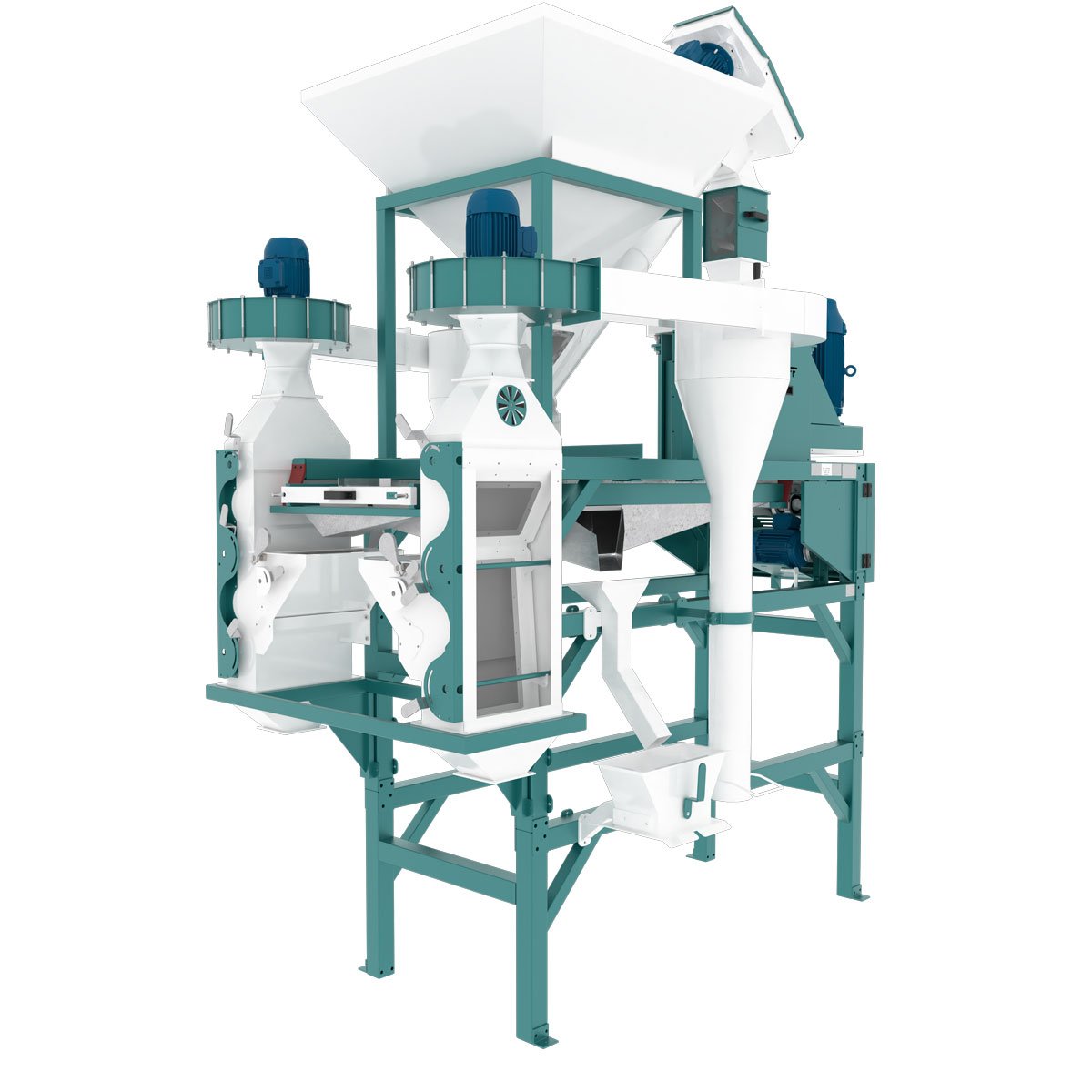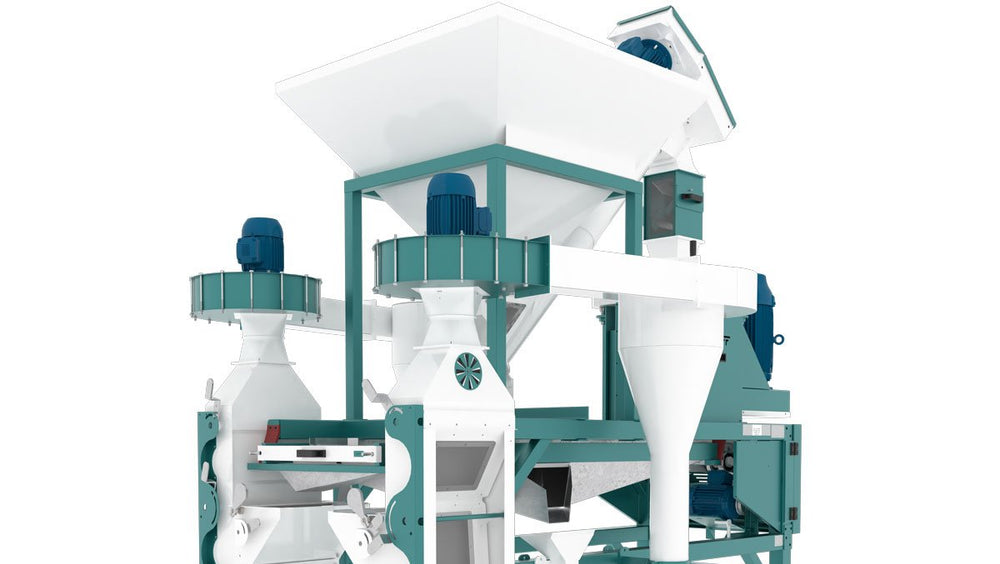The evolution of the degerminator
We take a look at the evolution of the degerminator in the maize milling industry and how it has developed to meet South African needs.
Around 1901, the Beall degerminator was developed by the Beall Improvement Company Inc. in Illinois, USA. It was designed mainly for the production of hominy grits, or samp as it’s known in South Africa. Hominy is used in the breakfast cereal industry to produce corn flakes. The maize germ, which is also produced as a main product (offal or hominy chop), is used for the production of maize germ oil.
The USA is one of the largest maize producing countries in the world, but the industry there is very different from that in Southern Africa. Most of the maize, or corn as it’s called in the USA, is yellow and primarily grown for export or for making cattle and poultry feed.

Beall degerminator arrives in South Africa
The original maize mills in South Africa consisted of roller mills, aspirators and reels. In most maize mills, there was also a special type of roller mill with coarse flutes, which preceded the first break roller mill called the Kibler. The Kibler roll’s function was to break open the maize kernel in order to release the endosperm in as large a size as possible. At the same time, the germ and bran was kept in as large a particle size as possible.
These mills were known as roller plants, and Special, Sifted and Unsifted maize meals were manufactured on them. These products had oil (fat) contents in excess of 2% with a corresponding high fibre content. A small amount of low fat and fibre maize meal, called Bakers Cones (today known as Super Maize Meal), was also produced.
The growing need for products such as brewer’s grits and samp, which required a low fat and fibre content, however necessitated the production of a high percentage of low fat and fibre products.
The popularity of Super Maize Meal also grew, and the demand outstripped the supply in some areas. In the rural areas of South Africa, more Special was produced than Super Maize Meal; but in Gauteng, the position was reversed and mills generally produced more Super than Special Maize Meal.

This led to the introduction of the Beall degerminator in the mid-1960’s in an attempt to remove as much of the germ and black tip as possible from the maize kernel before milling, to reduce the fat and fibre content of the samp, grits and Super.
These early degerminator mills were combination plants; the samp plant as it was called, consisted of the degerminators, with its own first and second break sections. After the second break sifter, the stocks from the samp plant were fed into the existing roller plant mill. As such, the samp plant could not operate on its own unless the roller plant was running.
In these early samp plants, other machines were used which no longer feature in maize mills. One such machine was the Baxter, used to grade the overtails of the Beall degerminator into various particle sizes such as samp, feed to 1st and 2nd break rolls. These stocks passed over a built-in aspirator to remove any loose bran /germ particles. Another function of the Baxter was to polish the samp.
By the mid 1970’s, combination roller and samp plants were replaced by the maize mills we know today. Many improvements have been made in maize milling over the years, particularly in the types of degerminators used.

The Beall, grandfather of all degerminators
The original Beall degerminator was developed as the quickest and easiest way to remove the germ and the outer bran layers from the maize kernel. In this early milling process, the main objective was to recover as much of this fraction as possible, as such, the germ was regarded as the prime product, while the endosperm and bran were treated as by-products and sold off as cattle feed.
However, some of the endosperm was recovered in the form of hominy (samp) and grits, and used either in the production of breakfast cereals like corn flakes, or snack foods. The emphasis was on producing as much good quality germ as possible; the breaking up of the endosperm particles was considered to be of minor importance.
The above resulted in a robust, but rough machine without many refinements.
Degerminating maize in South Africa has different goals from those in the USA:
- To remove the bran from the maize kernel and dislodge the germ from its cavity with minimum damage to the endosperm, bran and germ.
- To remove the black tip cap from the kernel to avoid specks in the meal.
The milling process that follows the degermination of the maize kernel is designed to separate the endosperm, bran and germ from each other, while minimising the possible contamination of the endosperm with oil from the germ.
Beall degerminator images courtesy ScienceDirect






1 comment
Hello iwant starting corn dry milling and iwant buying this line product can give to me net germ and flour and grits and precarp hull